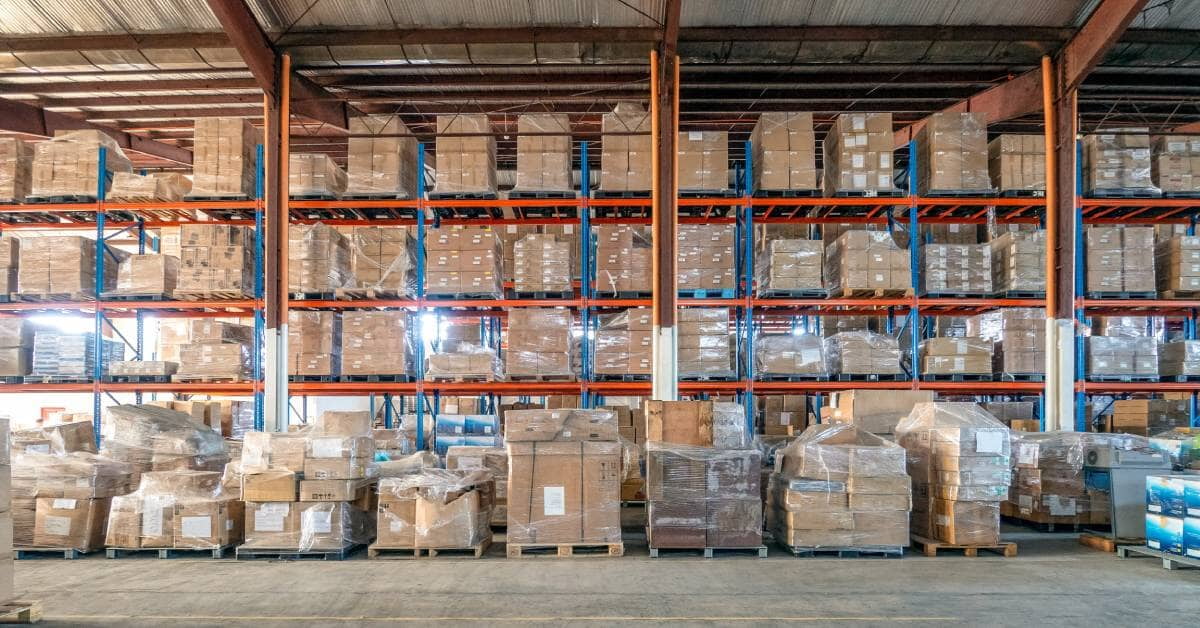
Enhancing pallet configuration improves space utilization, load stability, and logistics efficiency. Without standardized guidelines or technological assistance, achieving optimal stability can be difficult. Frequent adjustments for different pallet sizes and product shapes can slow down the palletizing process, increasing labor costs and operational inefficiencies. Improve efficiency and lower costs with these tips for optimizing palletizing patterns and load plans.
Utilize Automated Palletizing Systems
Incorporating automated palletizing systems, such as robotic palletizers, can transform your logistics operations. These systems offer precision and consistency that manual methods often lack, ensuring each pallet is loaded optimally. By reducing manual labor requirements, you not only increase efficiency but also minimize human errors that can lead to load instability.
The advanced technology found in packaging equipment allows the systems to accommodate different load types and patterns. Equipment operators can program automated palletizing systems to handle various stacking patterns, making these devices ideal for mixed loads or irregularly shaped items. Investing in automation can lead to long-term cost savings and improved productivity.
Ensure Load Stability
Load stability refers to the ability of a load to maintain its position and structure during transportation. Shifting weight, improper stacking, and uneven distribution of items on the pallet make loads unstable, compromising safety.
Implement the following techniques to make palletized loads more stable:
- Use stretch wrap and strapping to secure each load tightly and prevent movement.
- Apply anti-slip sheets between layers to reduce product sliding during transit.
- Ensure weight is evenly distributed by placing heavier items at the bottom of the pallets.
- Implement interlocking stacking patterns to increase structural integrity.
- Regularly inspect packaging materials for wear and tear to maintain their effectiveness.
- Incorporate corner boards to provide additional support and prevent shifting.
Use Software for Load Plans
Load planning involves strategically arranging items within a transportation container to optimize space. Specialized software for load planning streamlines the process of arranging cargo efficiently. These advanced programs calculate optimal configurations based on the dimensions and weight of each item, ensuring maximum space utilization within containers. Load planning software can reduce transportation costs by minimizing empty space and enhance load stability by improving weight distribution.
Software tools provide visual representations of potential configurations for different load scenarios. Integrating these tools into your logistics operations can significantly reduce the margin of error, enhance operational efficiency, and improve overall supply chain performance.
Optimizing palletizing patterns and load plans involves utilizing automated palletizing systems to achieve precision and consistency. Ensuring load stability through techniques such as stretch wrapping and appropriate weight distribution further enhances the safety and security of shipments. Additionally, employing specialized software for load planning can streamline operations and maximize space utilization. Improve safety, costs, and overall supply chain performance with these practical tips.
